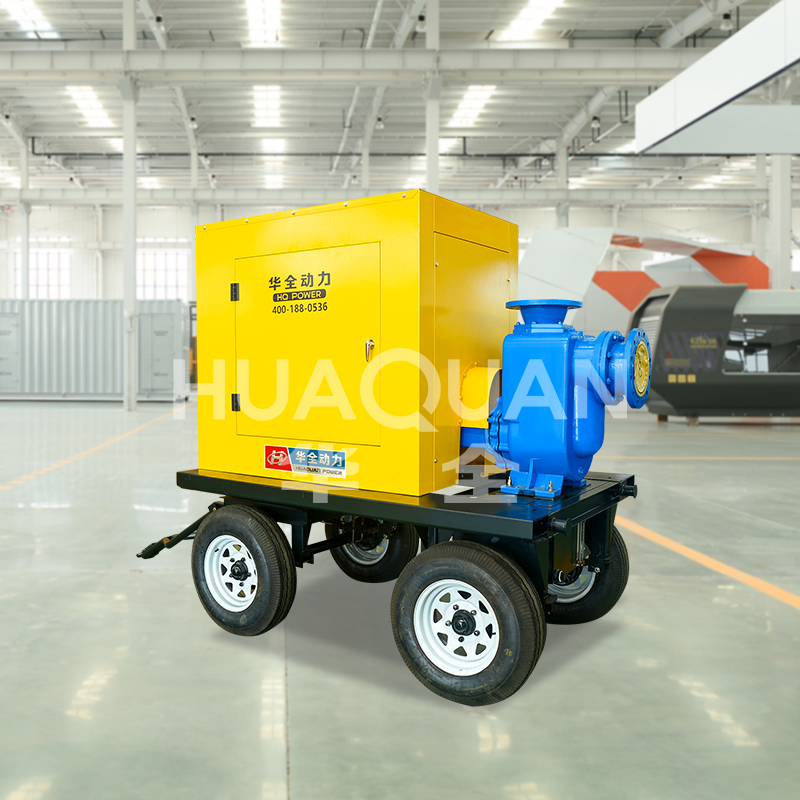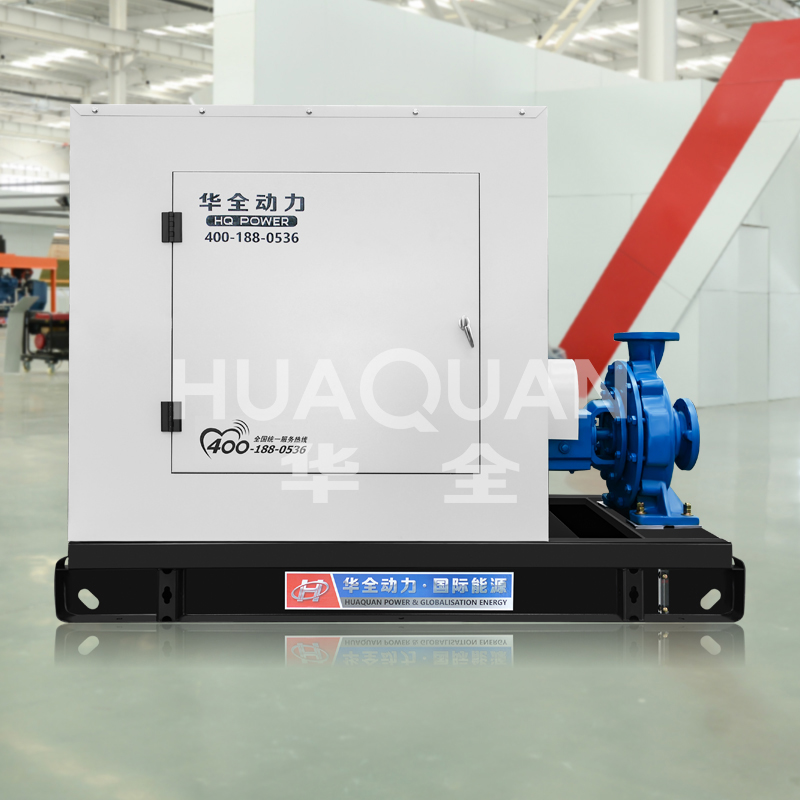When operating a High-quality emergency pump, proper startup procedures are essential to ensure safety and efficiency. Below is a detailed guide covering key precautions during activation.

Inspect the Equipment for High-Quality Emergency Pump
Before powering on the High-quality emergency pump, examine hoses, connectors, and seals for wear or damage. Even minor cracks can lead to leaks or failures during operation.
Verify Fluid Compatibility
Ensure the pump is rated for the fluid being transferred. Using incompatible liquids (e.g., corrosive or high-viscosity substances) may damage the High-quality emergency pump’s internal components.
Power Source Safety for High-Quality Emergency Pump
Confirm the power supply matches the pump’s voltage requirements. For electric models, check for frayed cords or unstable connections to prevent short circuits.

Prime the Pump (If Required)
Some High-quality emergency pumps need priming to remove air from the system. Follow the manufacturer’s instructions to avoid dry running, which can cause overheating.
Secure Placement
Position the pump on a level, stable surface to minimize vibrations. Unstable mounting may reduce efficiency or lead to mechanical stress.
Gradual Startup for High-Quality Emergency Pump
Avoid sudden full-power activation. Gradually increase the speed or pressure to allow the High-quality emergency pump to adjust, reducing wear on motors and seals.
Monitor Initial Operation
After startup, observe for unusual noises, vibrations, or leaks. Immediate shutdown is necessary if abnormalities occur to prevent further damage.
Post-Startup Best Practices for High-Quality Emergency Pump
Allow the High-quality emergency pump to run briefly under no-load conditions (if applicable) before full operation.
Document performance metrics (e.g., flow rate) for future reference and maintenance planning.
Huaquan official website:https://huaquanpower.com/
Weifang, shandong province, China 中国 山东。潍坊